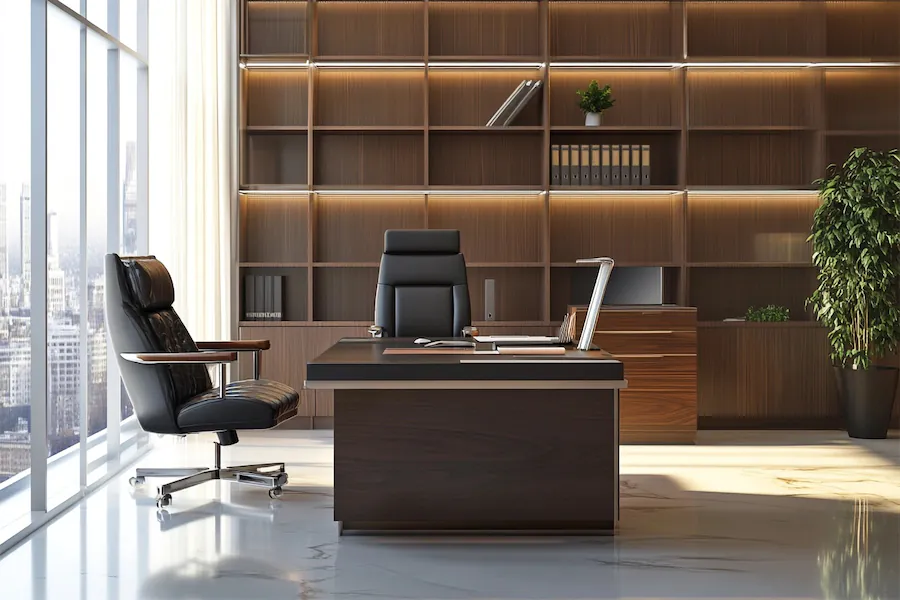A Classical office room embodies timeless elegance and sophistication, drawing inspiration from European interior designs of the 18th and 19th centuries. This style creates a refined and professional workspace that exudes a sense of history and prestige.
Introduction to Classical Office Rooms
Classical office design emphasizes symmetry, proportion, and the use of high-quality materials. It incorporates traditional architectural elements and furnishings to establish an environment that is both functional and aesthetically pleasing.
History and Origins of Classical Office Rooms
The Classical design style is rooted in the art and architecture of ancient Greece and Rome, which experienced a revival during the Renaissance and later periods. Incorporating Classical elements into office spaces became popular as a means to convey stability, authority, and cultured taste.
Key Features of Classical Office Rooms
- Architectural Details: Inclusion of crown molding, wainscoting, and decorative columns to add depth and character.
- High-Quality Materials: Use of rich woods like mahogany or oak, marble surfaces, and luxurious textiles such as leather and velvet.
- Symmetry and Balance: Arrangement of furniture and decor in a harmonious and orderly fashion to create a cohesive look.
- Traditional Furnishings: Selection of classic furniture pieces with ornate detailing, such as roll-top desks, wingback chairs, and antique bookcases.
- Neutral Color Palette: Application of muted tones like beige, cream, and soft grays, often accented with deep hues to add warmth and elegance.
Applications of Classical Office Rooms
This design style is versatile and can be applied to various office settings:
- Home Offices: Creating a distinguished and comfortable workspace within a residence.
- Corporate Offices: Designing executive suites or boardrooms that convey professionalism and authority.
- Law Firms and Financial Institutions: Establishing an environment that reflects tradition, trustworthiness, and stability.
Considerations When Designing a Classical Office Room
- Space Planning: Ensure the room’s layout allows for functionality while maintaining the formal aesthetic.
- Lighting: Incorporate chandeliers, sconces, and table lamps with classic designs to provide adequate illumination and enhance the ambiance.
- Integration of Modern Technology: Discreetly incorporate contemporary office equipment to preserve the traditional appearance without compromising on modern conveniences.
- Personalization: Add personal touches, such as framed artwork or decorative accessories, that reflect individual taste while adhering to the classical theme.
Conclusion
A Classical office room offers a timeless and elegant workspace that combines functionality with refined aesthetics. By thoughtfully integrating key elements of classical design, one can create an environment that not only enhances productivity but also exudes sophistication and professionalism.
